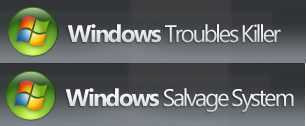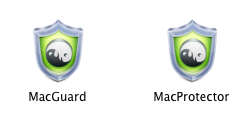 Ah, summer. Beaches, drinks with little umbrellas, 4th of July fireworks, baseball games, reading long cheesy novels in a lounge chair, teleconferencing with colleagues from your hotel room in Aruba. Wait, what?
Ah, summer. Beaches, drinks with little umbrellas, 4th of July fireworks, baseball games, reading long cheesy novels in a lounge chair, teleconferencing with colleagues from your hotel room in Aruba. Wait, what?
Yes, it’s true. It takes serious discipline to travel without schlepping along a laptop, smartphone, digital camera, MP3 player, portable hard drive, SD cards, and a host of support equipment. Well, it does for me, anyway. Along with those devices come pitfalls, from loss to data theft. So, in the spirit of safe summer travel, in advance of the big 4th of July travel weekend, what follows are Webroot’s five tips for summer travelers who can’t go anywhere without bringing along gadgets.
1. Watch where you WiFi
It can be tempting to take advantage of free WiFi access points in airports, hotels, or in cafes, but resist the urge to use those connections to do anything other than browse for a map or train schedule. Unsecured wireless connections — such as the open ones that some businesses provide as a service — can also leave you vulnerable to wireless snooping of your logins, email messages, or instant messages by other travellers or guests. The same can be said for untrusted computers in hotel business centers or cybercafes, which are magnets for data-stealing malware.
If the connection doesn’t ask you to provide a WPA key, assume the connection is not secure, and treat it as such; If you must use a free wireless connection, turn off any programs that automatically connect to the Internet (such as email clients or file-sharing tools) before you hook up. And please don’t use the untrustworthy PC in the hotel lobby to do anything more private than print your boarding pass to get home.










































































